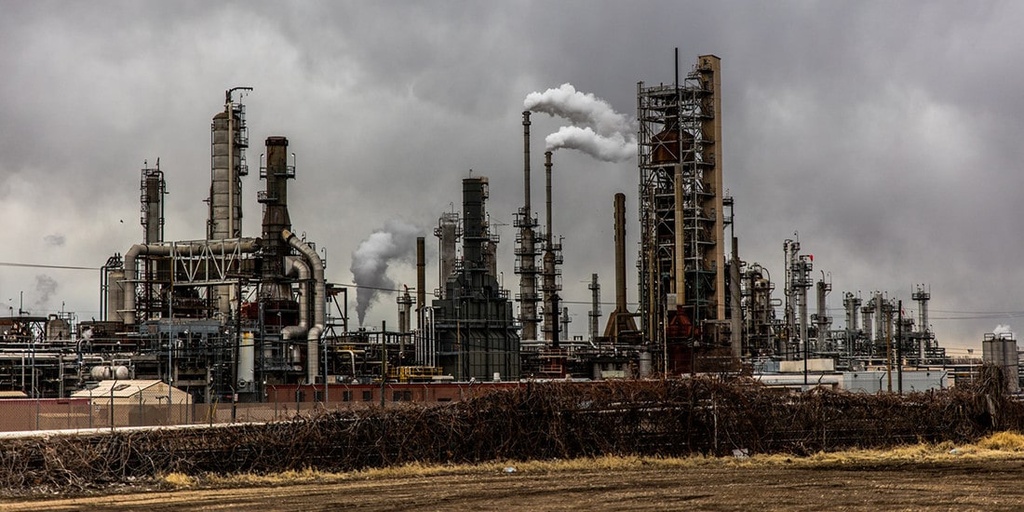Learn about environmental justice
- Earth Points
- 40
- Ease
- Medium

Photo by Patrick Hendry on Unsplash
Description
Environmental justice is the term for rectifying the disproportionate burden of environmental hazards on certain groups of people, especially low-income ones. The pollution generated from all the stuff we create and throw away, electricity, travel, and other hazards from fossil fuels and industrial processes negatively impacts all of us, but it tends to harm those with less power and resources to shield themselves the most. That is simply not fair. The first step is to become aware of the issue to ensure progress for everyone.
What are examples of environmental justice issues?
A key one is the placement of polluting industry, mining, and waste management businesses that expose people to toxins. The decision of where these nasty places go tends to be made by more powerful people at the expense of others. The companies could reduce the amount of pollution they create, but that costs more, so passing that pollution on to those who cannot stop it from happening is more profitable. Naturally, it is rare for the company owners or leaders to actually live near where these businesses do their dirty work.
Also, lower-income areas tend to be less walkable, have fewer biking lanes, fewer buses and trains, and fewer green spaces and trees. That adds up to more gas cars and greater air pollution for kids and adults alike to breathe in, negatively impacting health and quality of life.
Our global supply chains also tend to export pollution to lower-income countries. The environmental degradation and poor health effects that go along with creating all the stuff we consume can fall on the countries where the manufacturing happens. That is where the forests get raised, the mining happens, and the chemicals get mixed so that the finished product can be shipped to higher-income consumers.
In broader terms, another environmental justice issue is how countries in the Global South are more likely to experience the most extreme impacts of climate change and have fewer resources to adapt to it. On the other hand, wealthier countries in the Global North have emitted the majority of global carbon pollution.
As the movement for a better-shared world grows, it is important to recognize these imbalances and take advantage of people. The voices of those who have not traditionally had the power or money to be heard need to be amplified. Pushing the mess onto others is not solving anything, and eventually, the mess comes back around.
Tips
• Once you start to notice who is most impacted by poor air, water, food, and other basics needed for survival, it is hard to unsee it. Bring light to the issue and make it harder to sweep these messes under the rug at the expense of others.
• Consider learning from others or researching the local laws and policies that are designed to perpetuate environmental justice issues. Identifying where the specific problems are is a natural first step to addressing them.
• Search online to read more about environmental justice examples to better understand the issue and how we can make progress.
• The website Intersectional Environmentalist is an excellent resource hub that amplifies diverse voices in the environmental space.
• As you learn more about environmental justice, you will naturally start to feel more confident in pointing out unfair situations and advocating for fairer approaches.
Additional Resources
- https://friendsoftheearth.uk/climate/climate-change-and-air-pollution-are-race-issues
- https://ajph.aphapublications.org/doi/pdf/10.2105/AJPH.2017.304297
- https://www.theguardian.com/commentisfree/2016/sep/06/climate-change-racist-crisis-london-city-airport-black-lives-matter
- https://www.sierraclub.org/sierra/racism-killing-planet
- https://medium.com/insurge-intelligence/white-supremacism-and-the-earth-system-fa14e0ea6147
- https://medium.com/sustainability-x/climate-activists-heres-why-your-work-depends-on-ending-police-violence-fa1a76cf8c6f
- https://tcf.org/content/commentary/environmental-racism-left-black-communities-especially-vulnerable-covid-19/
- https://www.nytimes.com/2020/07/28/magazine/pollution-philadelphia-black-americans.html
